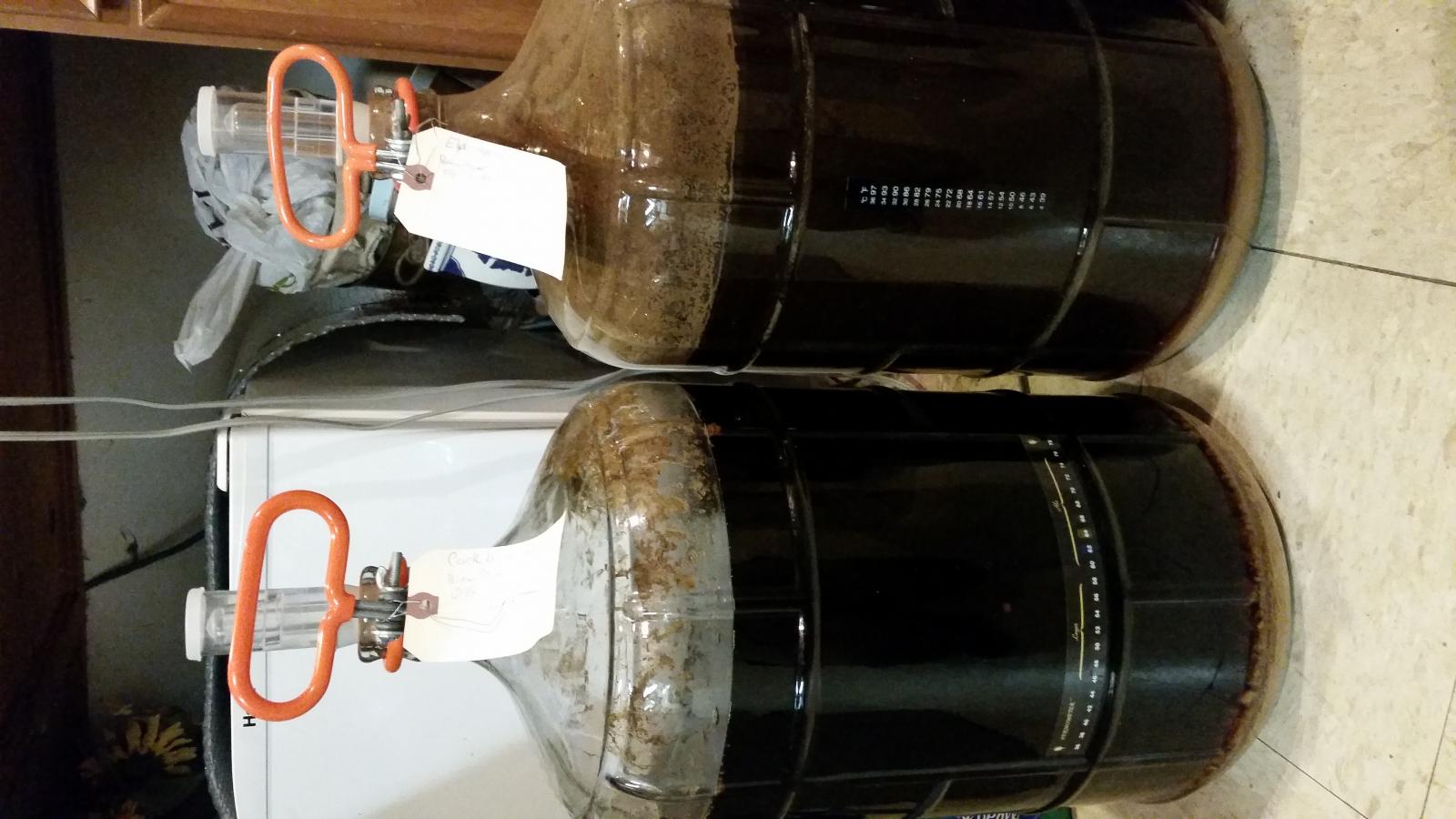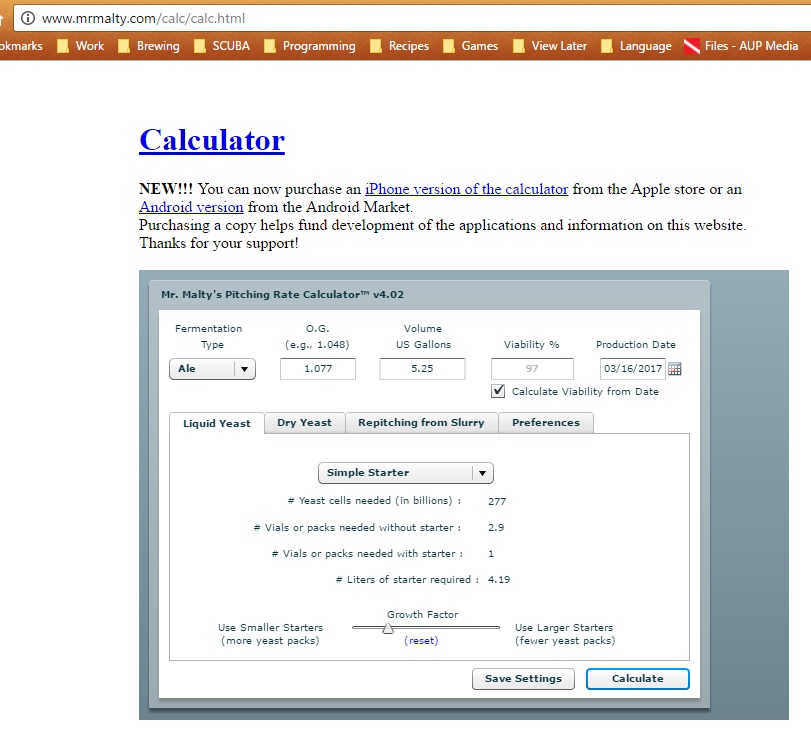Gerry_P
Well-Known Member
First off, kudos to you for brewing this style. It seems like most people want to be bashed over the head with a hop hammer these days, so delicious malt-forward beers are often ignored. Scotch ales are my favorite to both drink and brew, so I'll throw in my $.02.
Caramelization of extract wort works exactly the same as caramelization of wort that one makes by mashing grains. When you use extract, you're letting the extract people do the mashing for you. No offense to the person who said not to bother caramelizing extract wort, but I strongly disagree. Extract recipes will benefit from kettle caramelization as much as all-grain recipes.
I boil all my Scotch ales for 2 hours. Depending on the recipe, I'll sometimes remove part of my mash and reduce it.
I prefer Wyeast 1728 over WLP028, so I like your yeast choice. They're supposed to be the same strain, but ideally your fermentation temps should be in the low 60s and the Wyeast strain, in my experience, seems to perform better in that temp. range. "Perform better" in this case means that it finishes faster and cleaner in the low 60s with less conditioning time than its White Labs counterpart. Both are good yeasts and both will get the job done, but WLP028 likes things a bit warmer.
Here's a well-known and much respected wee heavy recipe, which I've used with excellent results. As you'll see, removing part of the wort and reducing it is a key part of the process. (Note: Traquair House uses East Kent Goldings in their recipe.)
(Note: Traquair House uses East Kent Goldings in their recipe.)
https://www.homebrewersassociation.org/forum/index.php?topic=8071.0
Caramelization of extract wort works exactly the same as caramelization of wort that one makes by mashing grains. When you use extract, you're letting the extract people do the mashing for you. No offense to the person who said not to bother caramelizing extract wort, but I strongly disagree. Extract recipes will benefit from kettle caramelization as much as all-grain recipes.
I boil all my Scotch ales for 2 hours. Depending on the recipe, I'll sometimes remove part of my mash and reduce it.
I prefer Wyeast 1728 over WLP028, so I like your yeast choice. They're supposed to be the same strain, but ideally your fermentation temps should be in the low 60s and the Wyeast strain, in my experience, seems to perform better in that temp. range. "Perform better" in this case means that it finishes faster and cleaner in the low 60s with less conditioning time than its White Labs counterpart. Both are good yeasts and both will get the job done, but WLP028 likes things a bit warmer.
Here's a well-known and much respected wee heavy recipe, which I've used with excellent results. As you'll see, removing part of the wort and reducing it is a key part of the process.
 (Note: Traquair House uses East Kent Goldings in their recipe.)
(Note: Traquair House uses East Kent Goldings in their recipe.)https://www.homebrewersassociation.org/forum/index.php?topic=8071.0




































![Craft A Brew - Safale S-04 Dry Yeast - Fermentis - English Ale Dry Yeast - For English and American Ales and Hard Apple Ciders - Ingredients for Home Brewing - Beer Making Supplies - [1 Pack]](https://m.media-amazon.com/images/I/41fVGNh6JfL._SL500_.jpg)
























